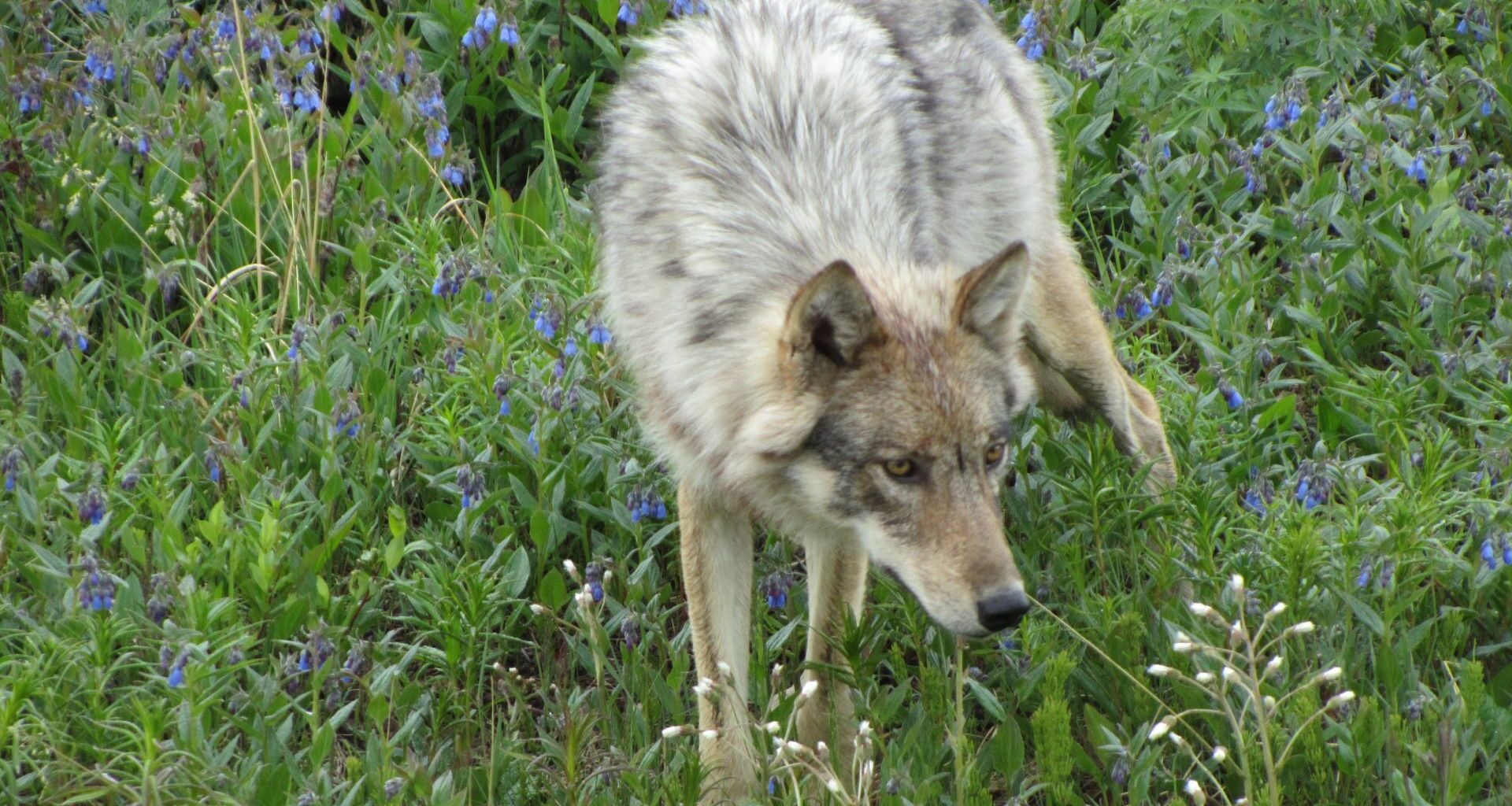This week in science, significant discoveries are challenging and expanding our knowledge of both Earth’s ecosystems and the vast expanse of the cosmos. A key development includes the remarkable reintroduction of wolves to Yellowstone, where they are having an unexpected ecological impact. Meanwhile, the solar system is witnessing the arrival of the largest interstellar object ever recorded. Experts are examining this object’s origins and composition to better understand its place in the universe. According to Live Science, these breakthroughs represent just a small portion of the continuously evolving landscape of scientific exploration. Keep reading to learn more about these and other intriguing findings.
Wolves Bring Life Back to Yellowstone’s Trees
In Yellowstone National Park, young aspen trees are making a remarkable comeback, marking the first time in 80 years that these trees have flourished in the park’s northern range. This shift can be attributed to the reintroduction of gray wolves (Canis lupus), which were brought back to the park in 1995 after having been wiped out in 1930.
Prior to their return, the park’s ecosystems had been unbalanced due to the absence of this apex predator. Without wolves, the elk population surged, and these large herbivores were responsible for overgrazing young trees, including quaking aspen (Populus tremuloides), thereby preventing saplings from establishing themselves.
The introduction of wolves in the mid-90s initiated a significant shift in Yellowstone’s ecology. As the wolf population grew, the elk numbers began to decrease, ultimately dropping from an estimated 18,000 elk to about 2,000 today. With fewer elk consuming saplings, the quaking aspen and other tree species began to regenerate.

The latest studies show that tall saplings, with trunk diameters greater than 2 inches (5 cm), have now been found in areas of the park where such growth had been previously absent for decades. This new generation of aspen is the first to establish itself in Yellowstone since the 1940s.
The benefits of this ecological recovery extend beyond the aspen trees themselves. The return of young aspen saplings has created a ripple effect throughout the ecosystem. These trees play a vital role in promoting biodiversity. They create a more open canopy compared to the dense coverage of conifer trees, allowing for greater light filtration. This supports the growth of various plants, including berry-producing shrubs, which attract a wide variety of species.
Additionally, many animals, such as beavers, rely on aspen trees for both food and materials for building their lodges, further enhancing the ecological web in the region.
Challenges and Broader Ecological Impacts of Wolves’ Return
However, the aspen recovery is not without its challenges. While the elk population has decreased significantly, bison (Bison bison) numbers have been on the rise in some parts of the park in recent years. Bison are much harder for wolves to hunt compared to elk, and this shift may pose a new threat to young aspen trees in certain areas.
Despite these challenges, the results of the wolf reintroduction are unmistakable. The study conducted by Luke Painter, an ecologist at Oregon State University, highlights the ongoing positive effects that the return of wolves has had on Yellowstone’s ecosystems. It underscores the important role that apex predators play in regulating species populations and promoting the health of entire habitats.
Moreover, the recovery of the aspen trees is just one example of the broader ecological impacts of reintroducing wolves. The return of these trees has also provided valuable habitats for other species, including birds and various insects, that rely on the diverse vegetation now found in the area. Additionally, there are indications that the number of bears and cougars in the park has also increased since the wolves’ return, although the reasons for this increase remain unclear.
